HSE
- HSE
- MSK Group
The POLICY :
- MSK Co. recognizes and accepts its responsibilities as an employer for providing a safe and secure workplace for all of its employees.
- It will take all reasonably practical steps to meet the responsibilities, paying particular attention to the provision and maintenance of
- Plant equipment and systems of work to provide safe working environment
- Safety arrangements for the use, handling, storage and transportation of substances
- Sufficient information, instruction, and training to enable all employees to avoid hazards and contribute positively to their own safety of work.
- A safe place of work and safe access to it.
- A healthy working environment.
- A secure site for site offices, stores, equipment utilities and all property belonging to the Client and / or the Contractor.
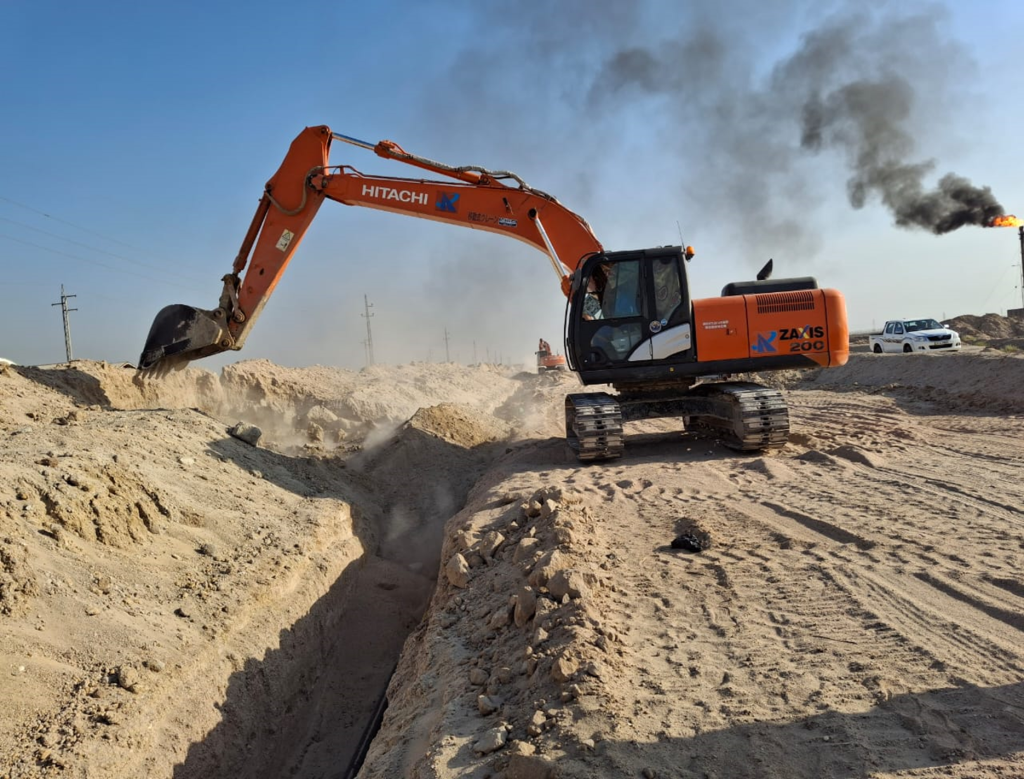
OBJECTIVE OF SITE SECURITY PROGRAM
To minimize and eliminate the risk of injury and hazards to all personnel.
To enhance employees awareness about hazards and train them in accident prevention techniques.
To provide adequate supervision so as to ensure safe and secure working place.
To insure the provision of such protective clothes and safety equipment in order to insure the health and safety of employees.
To establish and maintain a system of accident reports and records.
To fence off workshops, office, and storage areas and provide adequate security lights.
To secure drawings, programs, employees, property utilities, information and construction works against any ill-intended acts and minimize the changes of breach of security.
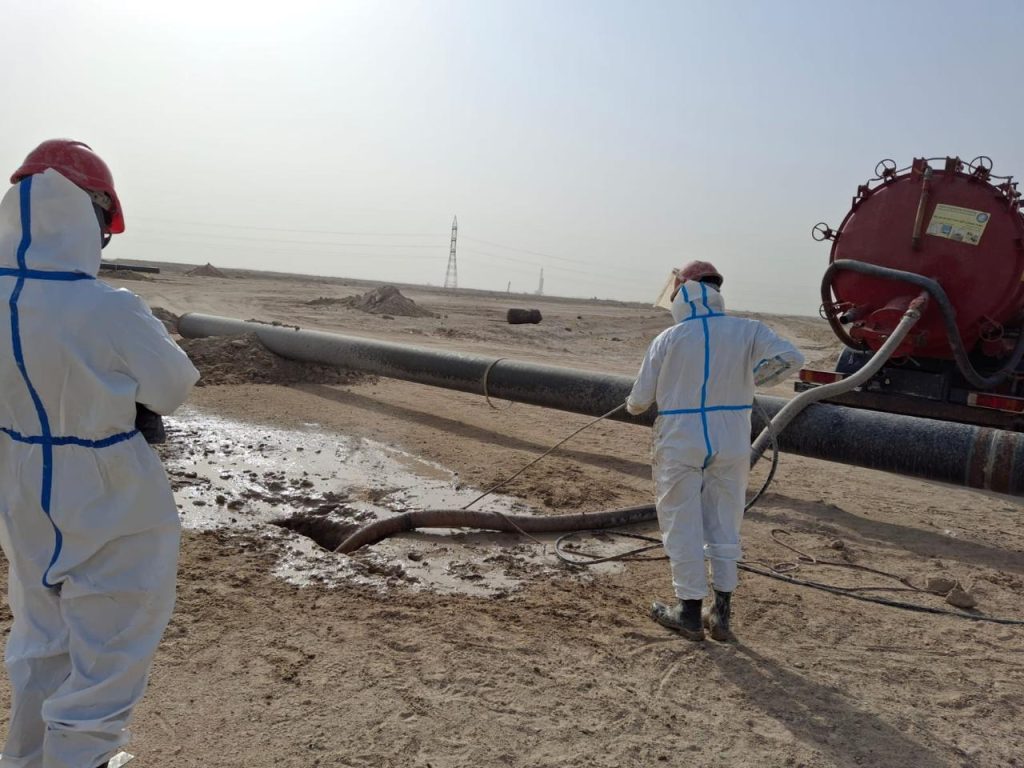
ACCIDENT REPORT AND RECORDS
All accidents, which considered incidental to the site operations, will be investigated and reported.
Accidents of the following consequences will be reported to the Client’s Representative: Fatal injuries
Injuries requiring medical attention
Damage over USD 2,000 to Contractor’s plant, machinery and equipment.
Damage of any amount to Client ‘s equipment and properties.
Damage of any amount to Client ‘s equipment and property
Fires
Security incidents and breaches
Traffic accidents.
1- Accidents Investigation Procedures:
2- Sequence of procedures in accident investigation (after giving first aid, and after insuring the injured victim has been cared for)
3-Isolate the accident area.
4- If possible, establish from the victim details of the accident.
5- Obtain eye witness statement off act.
6- Examine area of the accident — check thoroughly existing conditions to establish cause of the accident.
7- Ascertain from the victim or witnesses the actions of the injured person immediately prior to the accident.
8- Carefully note the time of the accident and verify whether any second person was involved.
9- Was protective equipment or clothing required? Was it available? Was it being used? Was the victim using is properly?
– Who first raised alarm?
1-How long was it before help arrived?
2-Provide medical reports from Doctor / hospital as soon as injury is diagnosed.
3-Daily record must be kept for all first aid that was not reported.
4- Emergency telephone numbers and instructions for calling doctors, fire department and police shall be posted at the construction site.
5- The emergency plan/procedure will be reviewed after the occurrence of an accident or emergency situation and revised if necessary. The Quality Manager is the person responsible for under taking such review and changes in procedure.
5- Emergency plans shall be tested minimum once a year no later than the first quarter of the year. The Safety Officer is responsible for ensuring preparedness of all staff to respond to an accident or emergency situation. A report will be prepared describing the response to the annual drill/test/exercise.
– The emergency map/plan attached to this procedure identify the location of:
1-Material that have the potential impact on safety.
2- Equipment’s to be used in the event of fire or spillage.
3- Fire extinguishers and emergency numbers.
4- Assembly points to use in the event of evacuation.
5- First aid kits.
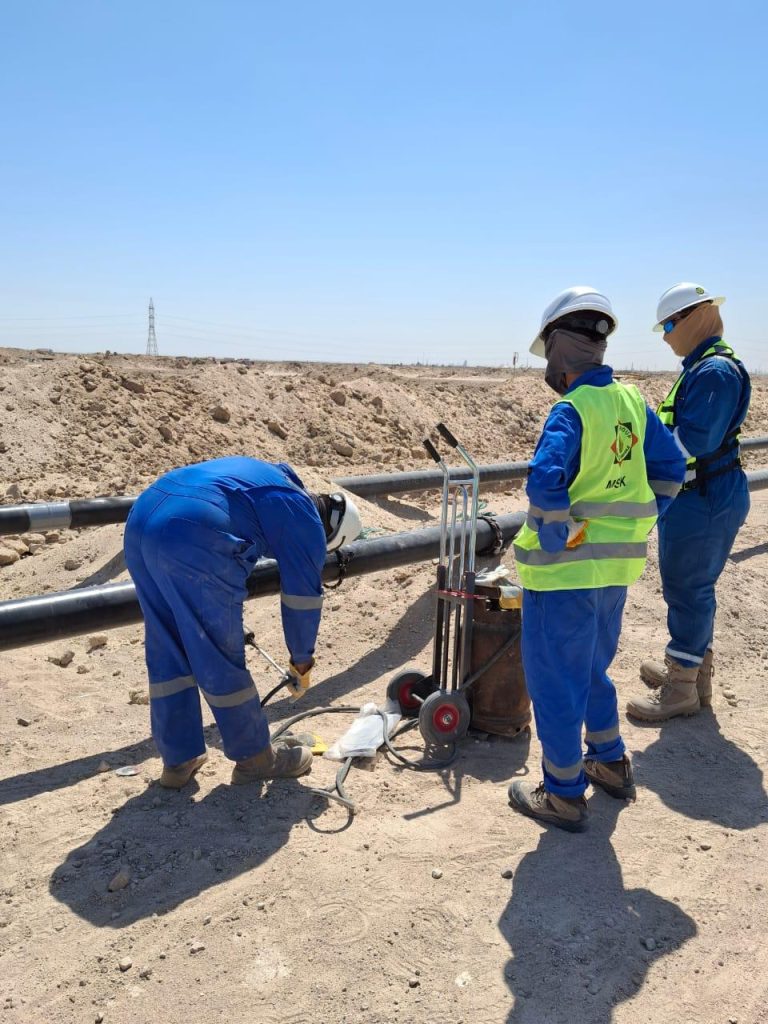
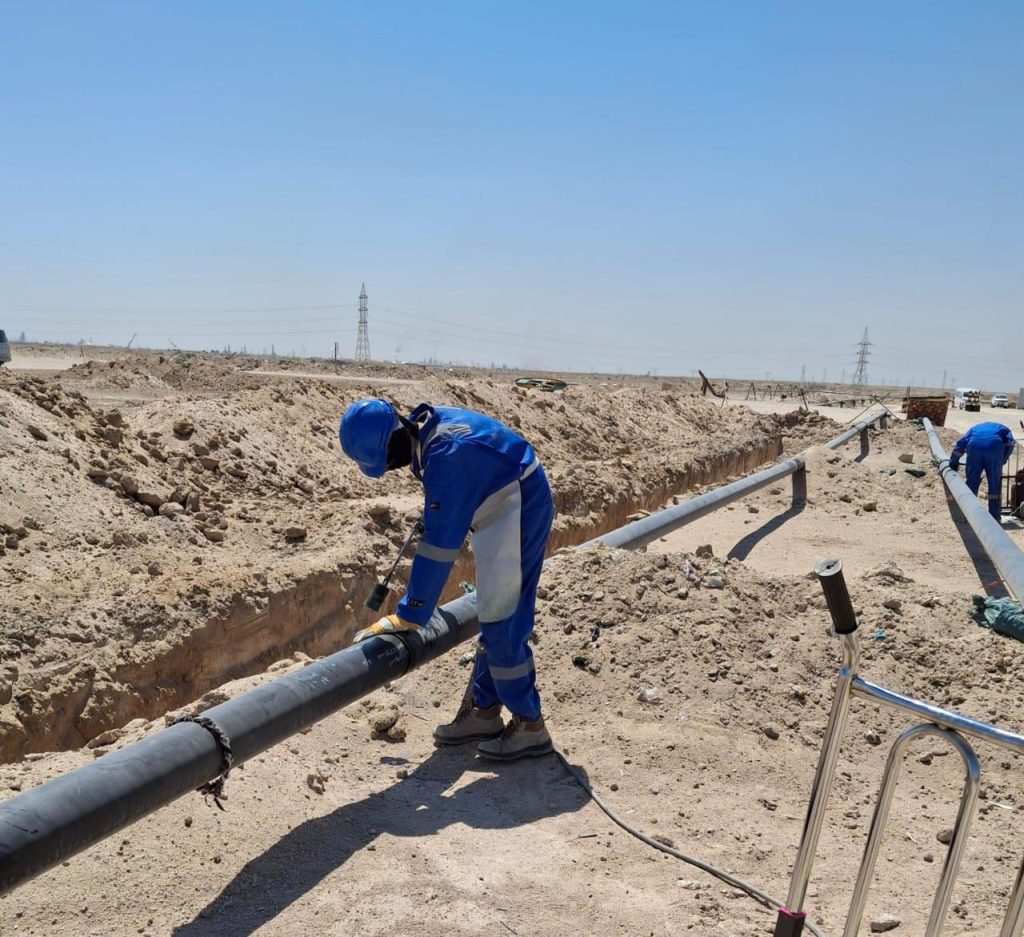
SITE SAFETY ORGANIZATION
The Project Manager shall be responsible for the overall safety and security policy administration of MSK Co.. for General Contracting and Trading.
The Safety Officer is responsible to MSK Co.. who is the Project Manager for the implementation of the security program.
The Subcontractor Project Managers (e.g. mechanical and electrical, landscaping, etc.) will each be responsible through MSK Co.’s Project Manager for the implementation of the Safety Program within the areas of their respective work.
MSK Co.. pays great importance to ensuring that all personnel performing activities affecting safety have adequate experience and qualifications
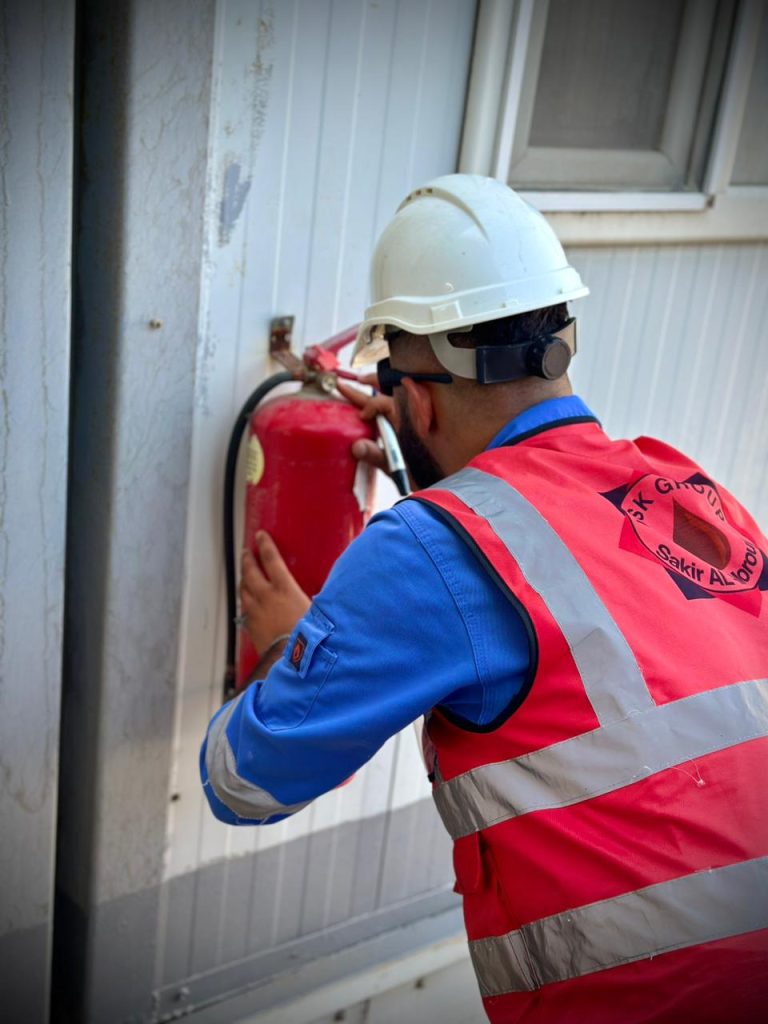
SANITATION
Drinking Water:
Drinking water shall satisfy all health requirements enforced by local authorities.
mess hall within 4 meters away from the jobsite is to be provided from cooking and eating purpose. Cooking is strictly prohibited at job site.
Toilets and Washing Facilities:
Toilet facilities shall be provided at the construction site in the ration of not less than one toilet seat and one urinal per 20 workers.
Toilets and washing facilities will be of sound construction with suitable holding tanks.
Routine services shall be provided for cleaning of toilets and disposal of sewage.
Solid Waste and Trash Collection:
Trash bins and trash cans shall be placed at suitable locations at the construction site and in the offices, workshop and storage areas for collection of solid waster and trash .All food waste shall be put in plastic bags and shall not be mixed with construction waste
Once the trash container has been fully filled up a municipality truck collector will arrive and regularly remove from the site to an approved disposal areas.
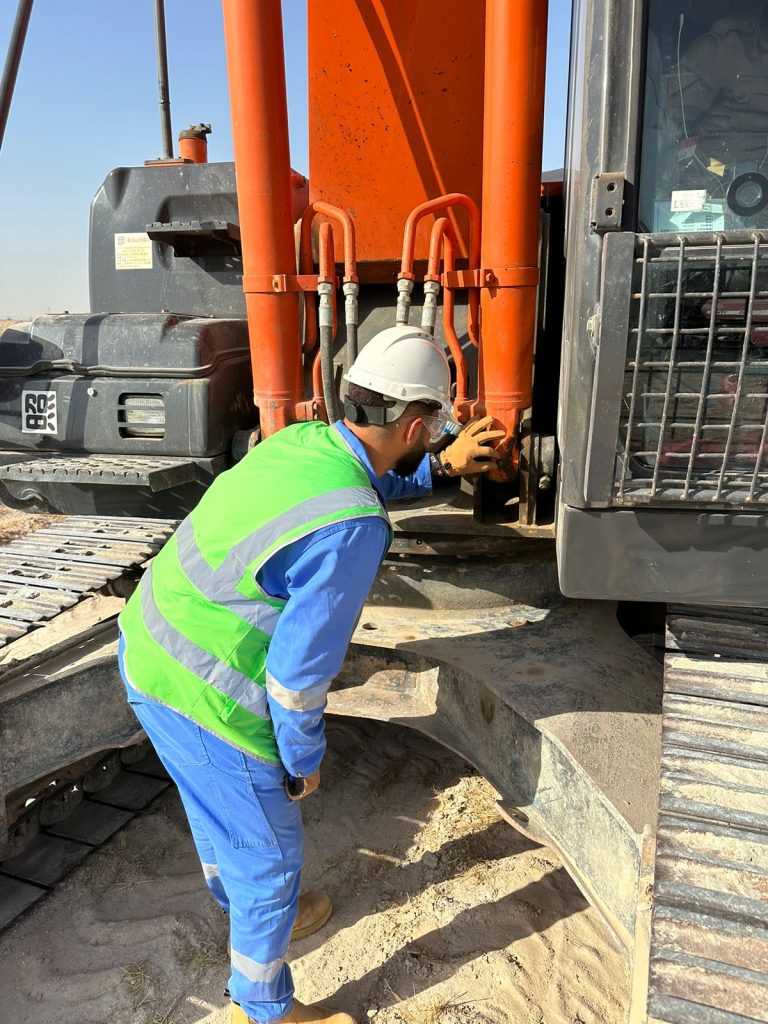
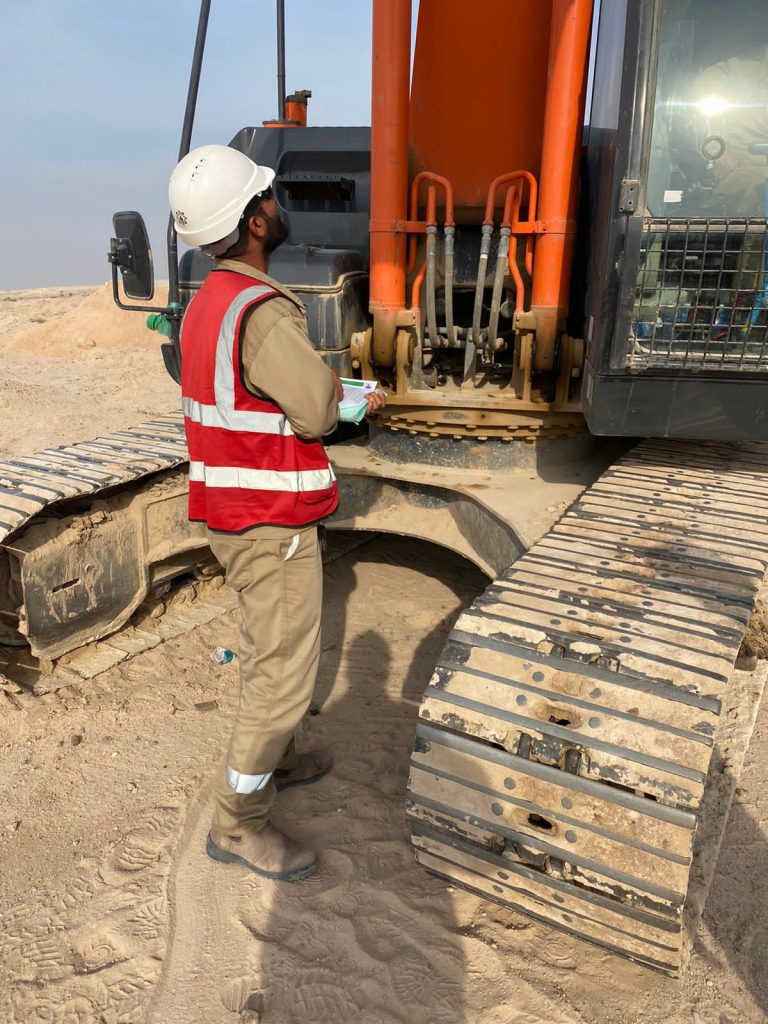
PROTECTIVE CLOTHING AND EQUIPMENT
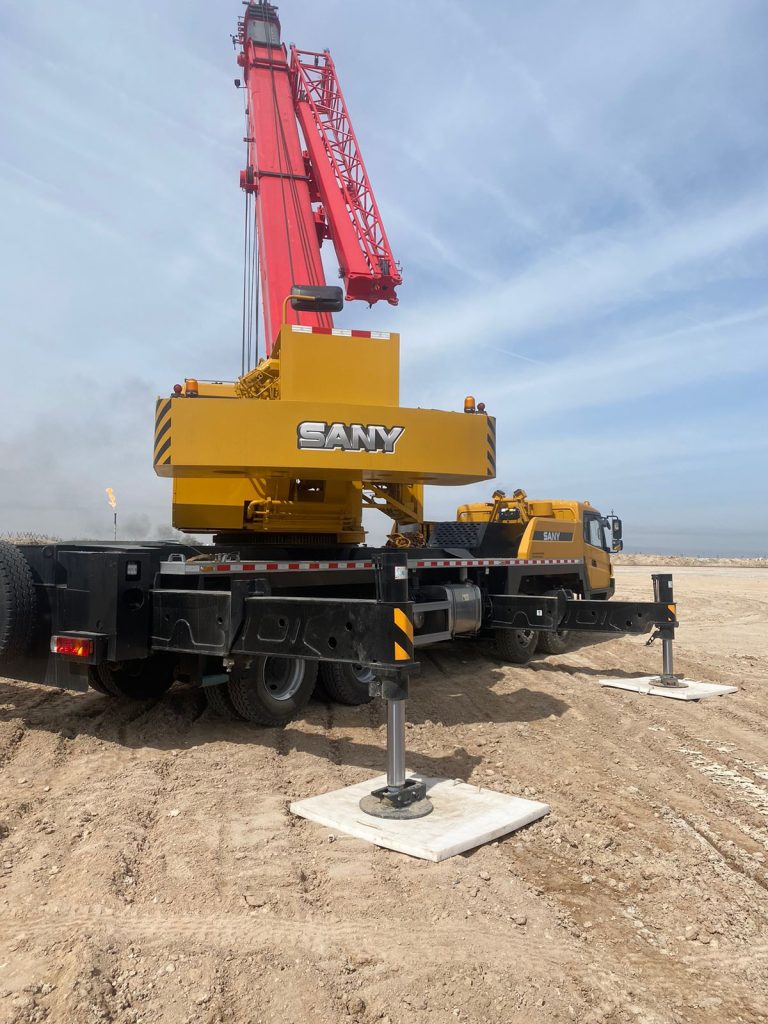


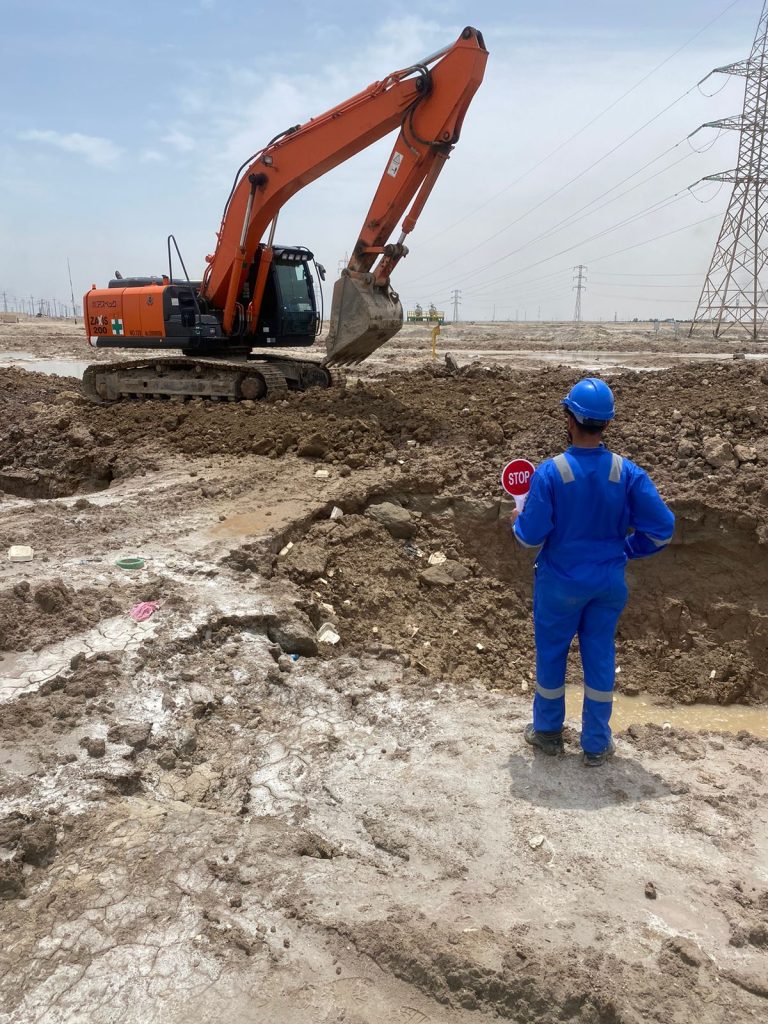
6 : General
– Personal protective clothing and equipment’s shall be issued as required and must be maintained in a serviceable condition
– Safety footwear such as safety shoes with steel toe, rubber boots, etc. must be worn by all employees who are engaged in work activity. In such cases f working around the areas where there is a puncture hazard, rubber boots are not acceptable. Safety shoes with steel toe must be worn.
– Goggles face masks, shields or helmets meeting the safety requirements must be worn for welding and cutting operations.
– Hand protection gloves shall be provided to employees handling rough, sharp- edged or abrasive materials.
– Signalmen, spotters, inspectors and employees involved in vehicular traffic shall wear apparel with high visibility coloring.
– Persons working on hammering, sledging on metal, stone or concrete will be provided with impact goggles with safety lenses and side screens.
– Workers soldering, pouring lead joints, casting hot steel, hot tar oils, liquids and other operations, which subject the eyes and head to the risk of hot liquids, or hazardous fumes shall be proved with appropriate goggles and face masks.
– All employees engaged in sandblasting or spraying harmful substances should wear protection gear including helmet, nose mask, gloves and protection clothing.
– All employees and visitors to the Site will be provided with hard hats.
– Overhead Safety: Where public traffic is to pass or workers to work below construction activities being carried out above them, an adequate scaffolding bridge shall be constructed.
OBJECTIVE OF SITE SECURITY PROGRAM
As necessary, shoring system shall be installed to protect workmen, banks, adjacent paving structures and utilities, or banks shall be sloped to the angle of repose.
Excavated material shall be shored and retained at least 1 m from the edge of excavation to prevent excessive loading.
Boulders, rocks or other materials shall be pulled back to ensure that they cannot slide or roll back into the excavation.
Walkways or bridges provided with handrails shall be constructed where people are required to cross over excavations.
Warning tapes and lights shall be used around excavation at all times.
Prior to starting excavation, underground facilities shall be taken in order to prevent damages or displacement. Underground utilities (electrical cable, natural gas line, etc.) Shall be located with utility maps and location of electronic equipment.
Excavation or hoisting equipment shall not be allowed to raise, lower or sling loads over personnel working in the excavation.
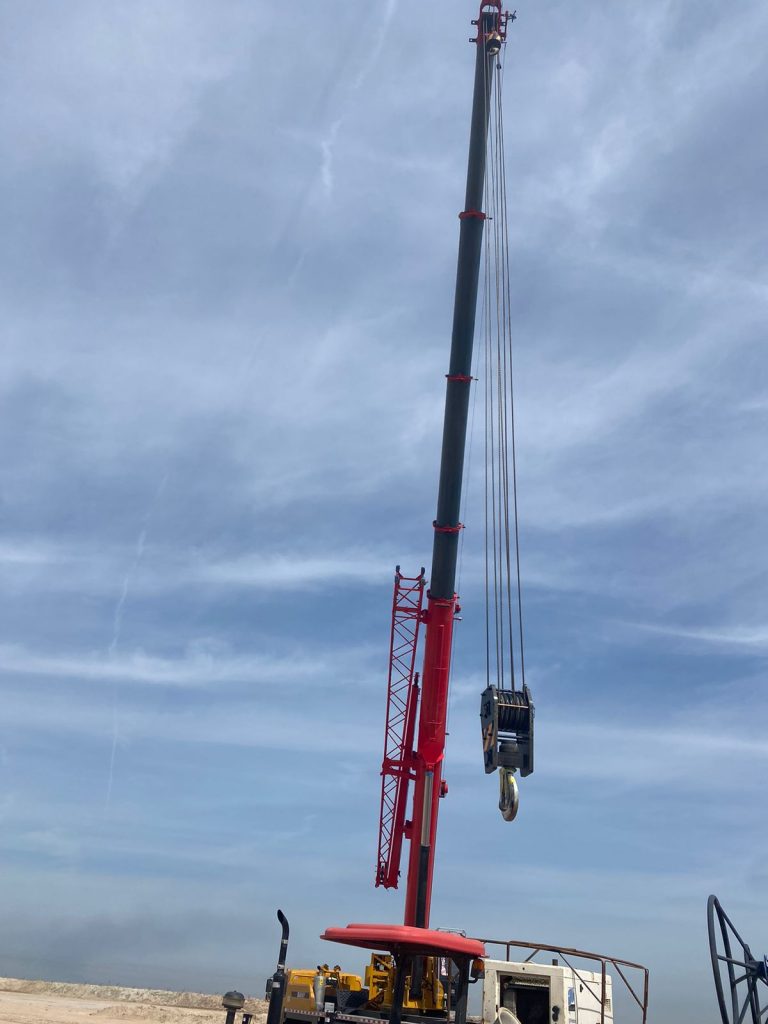
HOUSEKEEPING & WATCHING AND LIGHTING
The site shall be provided with adequate fencing, lights, guards and watching for the protection of the construction works and the safety and convenience of the public and others.
: Waste materials or other refuse shall not be allowed to accumulate excessively and shall be removed from the site on regular basis.
Debris resulting from the construction works that are considered as not reusable shall be compiled in a designated area and regularly removed from the site to an approved disposal areas.
